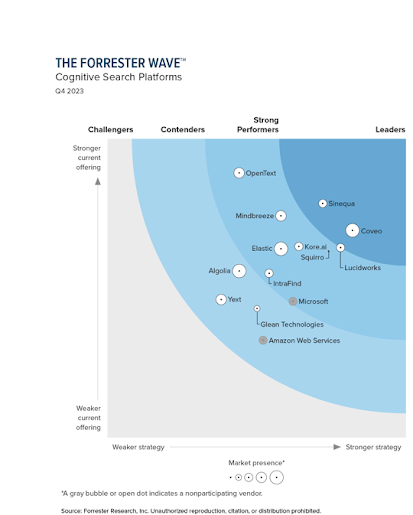The discovery phase of the sales process is a critical stage where you gather information about a potential customer's needs, challenges, goals, and pain points. To facilitate this phase effectively, sales professionals often use a variety of tools and frameworks. Here are some of the tools and frameworks commonly leveraged during the discovery phase:
Customer Relationship Management (CRM) Software:
Tools like Salesforce, HubSpot, or Microsoft Dynamics provide a centralized database for managing customer information. Sales teams can track interactions, log notes, and set reminders for follow-up.
Buyer Persona Framework:
Developing buyer personas helps create a detailed profile of the ideal customer. It includes demographics, job roles, pain points, and goals. HubSpot and Xtensio are examples of platforms that assist in creating buyer personas.
SWOT Analysis:
Conducting a SWOT (Strengths, Weaknesses, Opportunities, Threats) analysis helps assess a potential customer's internal and external factors. It's a simple yet effective framework for understanding their current situation.
SPIN Selling:
The SPIN (Situation, Problem, Implication, Need-payoff) framework, popularized by Neil Rackham, helps salespeople ask the right questions to uncover a customer's pain points and needs.
BANT Framework:
BANT stands for Budget, Authority, Need, and Timeline. This framework helps determine if a lead is qualified and worth pursuing.
Value Stream Mapping:
Value stream mapping is a lean methodology used to visualize and analyze the steps involved in delivering a product or service. It helps identify areas where improvements can be made to meet customer needs more effectively.
Customer Surveys and Questionnaires:
Tools like SurveyMonkey or Google Forms allow you to create and distribute surveys to gather feedback from potential customers. This can help uncover valuable insights.
Competitive Analysis Tools:
Tools like SEMrush, Ahrefs, or SpyFu can be used to analyze a potential customer's competitors. This helps understand the competitive landscape and identify areas where your solution can offer a competitive advantage.
Social Media Listening Tools:
Tools like Hootsuite or Brandwatch enable you to monitor social media conversations related to your potential customer or their industry. This can provide valuable insights into their challenges and preferences.
Data Analytics and Business Intelligence Tools:
Platforms like Tableau, Power BI, or Google Data Studio can help you analyze data related to a potential customer's industry trends, market share, and performance metrics.
Consultative Selling Framework:
Consultative selling is an approach that emphasizes listening to the customer's needs and providing customized solutions. It involves open-ended questions and active listening techniques.
Discovery Call Frameworks:
During discovery calls, sales professionals often use structured frameworks, such as the Medic Framework (Metrics, Economic buyer, Decision criteria, Identify pain, Champion), to guide the conversation and gather essential information.
Document Management and Collaboration Tools:
Tools like Google Workspace or Microsoft Office 365 facilitate collaboration and document sharing during the discovery phase.
Sales Playbooks:
Sales playbooks are comprehensive documents that provide sales teams with guidance, scripts, and best practices for different stages of the sales process, including discovery.
AI and Machine Learning Tools:
Some advanced tools use AI and machine learning algorithms to analyze data and predict customer behavior or needs, helping sales teams make data-driven decisions.
These tools and frameworks are valuable resources for sales professionals to systematically uncover customer insights, tailor their approach, and ultimately deliver solutions that address customer needs effectively. The specific tools and frameworks used may vary depending on the industry, company, and sales approach.


